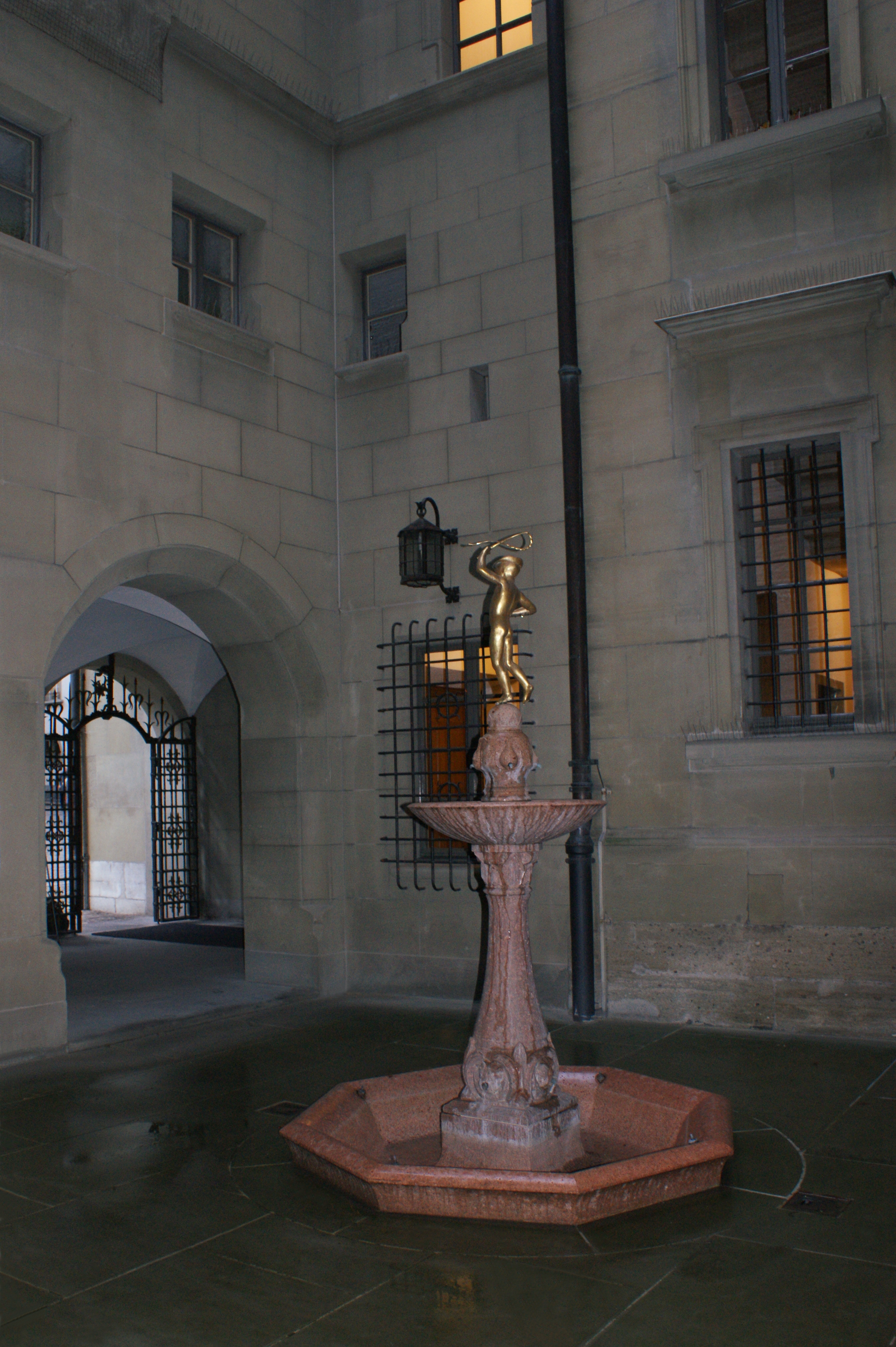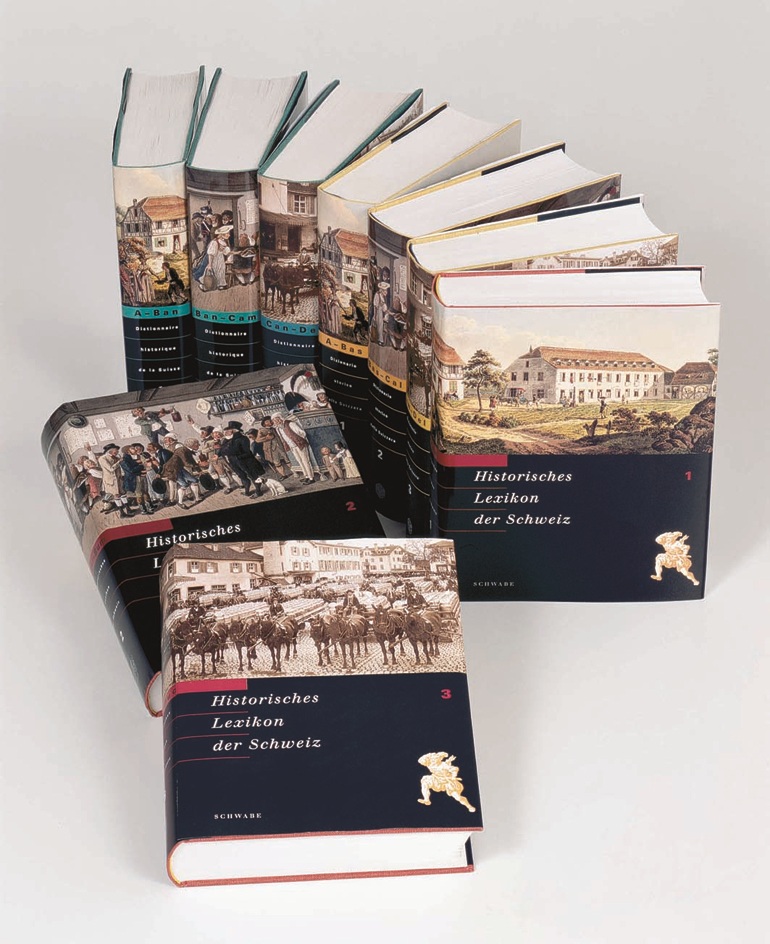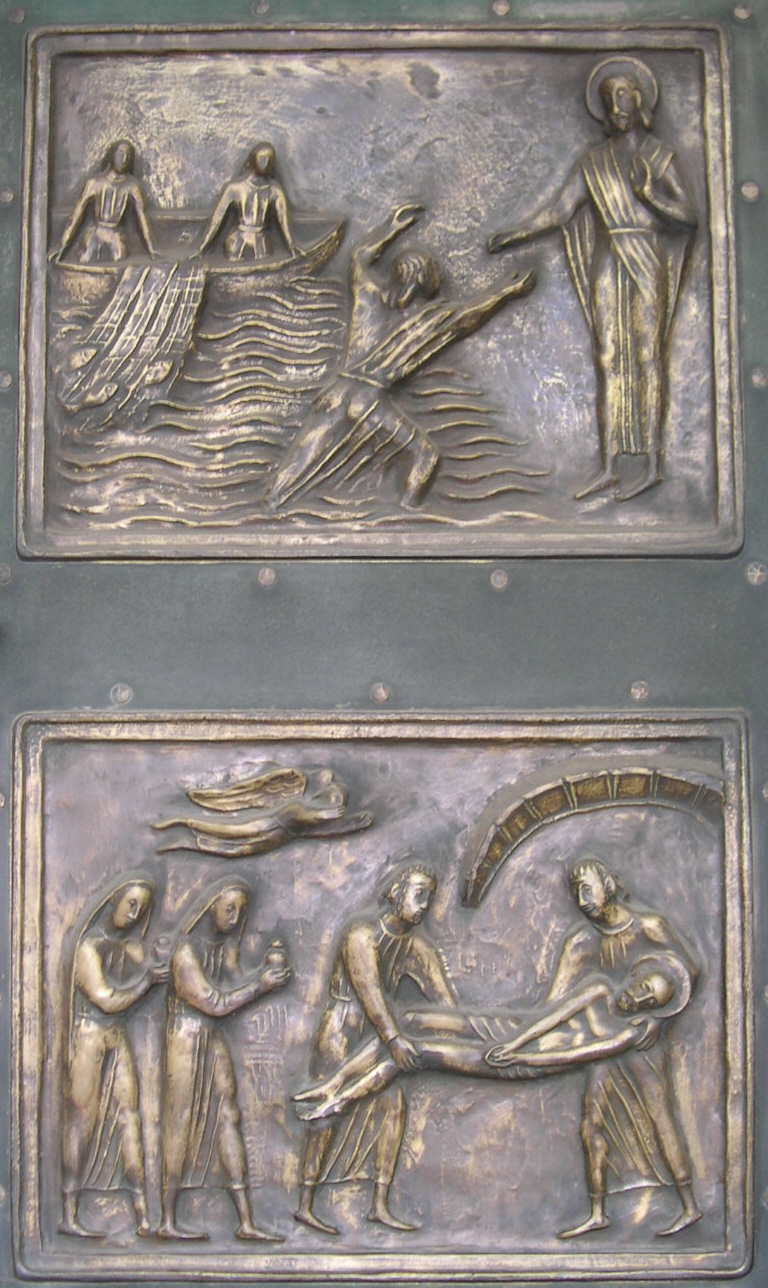|
Timeline Of Bern
The following is a timeline of the history of the municipality of Bern, Switzerland. Prior to 19th century * 2nd-3rd century CE - Roman settlement abandoned. * 1191 - Bern set up as military outpost by Berthold V, Duke of Zähringen. * 1218 - Bern becomes a free imperial city of the Holy Roman Empire. * 1219 - Zytglogge (tower) built. * 1223 - Theto von Ravensburg becomes . * 1256 - Käfigturm (tower) built. *1259 - First mention of Jews in Bern. * 1268 - Nydegg Castle demolished (approximate date). * 1270 - Felsenburg (castle) built (approximate date). * 1285 - (church) built. * 1289 - April: Battle of Schosshalde takes place; Bern successfully resisted Rudolph of Hapsburg. * 1298 ** Bern allies with Biel, Murten, and Solothurn. ** Bern expands to include Bolligen, Muri, Stettlen, and Vechigen. * 1331-1333 - Gümmenenkrieg (Fribourg-Bern war). * 1339 - Battle of Laupen. * 1345 - (tower) built. * 1346 ** Black Death plague. ** Äussere Neustadt area developed. ... [...More Info...] [...Related Items...] OR: [Wikipedia] [Google] [Baidu] |
Gümmenenkrieg
The Gümmenenkrieg was a war between the emergent city-states of Bern and Fribourg in 1331-33 in what is now Switzerland. The war pitted Bern and the new Swiss Confederation against the Habsburg-supported city of Fribourg and local nobles. It was also the first in a series of battles that brought the Habsburgs and Fribourg into prominence in the County of Burgundy. The war ended without resolving anything and led to other wars between Bern and Fribourg. History In 1324, Bern purchased the bridge-head at Laupen, which brought Bern into the Fribourg controlled Sense and Saane valleys. The city of Fribourg and a number of minor nobles became concerned about Bernese territorial ambitions and began to ally with each other. In 1331, the Lords of Weissenburg, Turn and Gruyere besieged Mülenen Castle, which was held by a pledge against a loan by a citizen of Bern. Bern responded to the siege aggressively and called on its allies, Solothurn, Biel and Murten. The combined Bernese arm ... [...More Info...] [...Related Items...] OR: [Wikipedia] [Google] [Baidu] |
Bern Munster
Bern Minster (german: Berner Münster) is a Swiss Reformed cathedral (or minster) in the old city of Bern, Switzerland. Built in the Gothic style, its construction started in 1421. Its tower, with a height of , was only completed in 1893. It is the tallest cathedral in Switzerland and is a Cultural Property of National Significance. The building The Minster of Bern is located on the southern side of the Aare peninsula. The cathedral is oriented east and west like the rest of the Old City of Bern. To the north, Münstergasse runs along the side of the building. The west façade of the Münster dominates Münsterplatz. On the south side of the cathedral is the Münsterplattform. It is a three nave basilica without a transept. The entire cathedral is long and wide. The central nave is long by wide and is high. The two side naves are very similar in dimensions, the north nave is long, while the southern one is slightly longer at . They are both wide and high. The alt ... [...More Info...] [...Related Items...] OR: [Wikipedia] [Google] [Baidu] |
Bern Town Hall
The Bern Town Hall (german: Rathaus Bern) is the building in Bern, Switzerland that houses the Grand Council of Bern (german: Grosser Rat, french: Grand conseil), the Executive Council of Bern (german: Regierungsrat, french: Conseil-éxecutif) and the Grand Council of the City of Bern. The building is part of the UNESCO World Heritage Site of the Old City (Bern), Old City of Berne and is a Swiss Swiss inventory of cultural property of national and regional significance, heritage site of national significance. Function The Grand Council of the Canton of Bern meets in the town hall five times per year for about two weeks per session. While the Grand Council is in session, the cantonal flag flies above the town hall. The Executive Council of the Canton of Bern meets in the town hall generally weekly. The Grand Council of the City of Bern meets in the town hall every other Thursday. The town hall has regular guided tours of the building. Many of the rooms may also be rented by the p ... [...More Info...] [...Related Items...] OR: [Wikipedia] [Google] [Baidu] |
Town Hall Of Bern
The Bern Town Hall (german: Rathaus Bern) is the building in Bern, Switzerland that houses the Grand Council of Bern (german: Grosser Rat, french: Grand conseil), the Executive Council of Bern (german: Regierungsrat, french: Conseil-éxecutif) and the Grand Council of the City of Bern. The building is part of the UNESCO World Heritage Site of the Old City of Berne and is a Swiss heritage site of national significance. Function The Grand Council of the Canton of Bern meets in the town hall five times per year for about two weeks per session. While the Grand Council is in session, the cantonal flag flies above the town hall. The Executive Council of the Canton of Bern meets in the town hall generally weekly. The Grand Council of the City of Bern meets in the town hall every other Thursday. The town hall has regular guided tours of the building. Many of the rooms may also be rented by the public when not in use by the cantonal and city government. History The first town hall of ... [...More Info...] [...Related Items...] OR: [Wikipedia] [Google] [Baidu] |
County Of Burgundy
The Free County of Burgundy or Franche-Comté (french: Franche Comté de Bourgogne; german: Freigrafschaft Burgund) was a medieval county (from 982 to 1678) of the Holy Roman Empire, predecessor to the modern region of Franche-Comté. The name ' derives from the title of its count, ', in German 'free count', denoting imperial immediacy. It should not be confused with the more westerly Duchy of Burgundy, a fiefdom of France since 843. History The area once formed part of the Kingdom of the Burgundians, which had been annexed by the Franks in 534 and incorporated into the Kingdom of the Franks. The Empire was partitioned in 843 by the Treaty of Verdun, with the area west of the Saône river being allotted to West Francia as the French Duchy of Burgundy, while the southern and eastern parts of the former Burgundian kingdom fell to Middle Francia under Emperor Lothair I. This Middle Frankish part became the two independent entities of southern Lower Burgundy in 879 and northern Uppe ... [...More Info...] [...Related Items...] OR: [Wikipedia] [Google] [Baidu] |
Burgdorferkrieg
The Burgdorferkrieg (german: Burgdorf war) or Kyburgerkrieg (german: Kyburg war) was a war in 1383-84 between the counts of Neu-Kyburg and the city of Bern for supremacy in the County of Burgundy in what is now Switzerland. History The counts of Kyburg were a medieval noble family in central and northern Switzerland and Swabia. Throughout the 12th and 13th centuries they had expanded in power and influence. In 1250/51 the childless Hartmann IV of Kyburg gave the western part of the property with the center of Burgdorf to his nephew Hartmann V. After Hartmann V's death Count Rudolf von Habsburg took over the administration of the western section of the Kyburg lands and eventually reunited them. The family of Neu-Kyburg began to rule the united Kyburg lands as Habsburg vassals. In 1322, the brothers Eberhard II and Hartmann II of Neu-Kyburg started fighting with each other over who would inherit the undivided lands. The fighting led to the "fratricide at Thun Ca ... [...More Info...] [...Related Items...] OR: [Wikipedia] [Google] [Baidu] |
Historical Dictionary Of Switzerland
The ''Historical Dictionary of Switzerland'' is an encyclopedia on the history of Switzerland that aims to take into account the results of modern historical research in a manner accessible to a broader audience. The encyclopedia is published by a foundation under the patronage of the Swiss Academy of Humanities and Social Sciences (SAGW/ASSH) and the Swiss Historical Society (SGG-SHH) and is financed by national research grants. Besides a staff of 35 at the central offices, the contributors include 100 academic advisors, 2500 historians and 100 translators. Print edition The encyclopedia is published simultaneously in three of Switzerland's national languages: German (''Historisches Lexikon der Schweiz'', HLS, in red), French (''Dictionnaire Historique de la Suisse'', DHS, in blue) and Italian Italian(s) may refer to: * Anything of, from, or related to the people of Italy over the centuries ** Italians, an ethnic group or simply a citizen of the Italian Republic or ... [...More Info...] [...Related Items...] OR: [Wikipedia] [Google] [Baidu] |
Old Swiss Confederacy
The Old Swiss Confederacy or Swiss Confederacy (German language, Modern German: ; historically , after the Swiss Reformation, Reformation also , "Confederation of the Swiss") was a loose confederation of independent small states (, German or In the charters of the 14th century described as "communities" (, ), the German term ''Orte'' becomes common in the early 15th century, used alongside "estate" after the Reformation. The French term is used in Fribourg in 1475, and after 1490 is increasingly used in French and Italian documents. It only enters occasional German usage after 1648, and only gains official status as synonym of with the Act of Mediation of 1803. ), initially within the Holy Roman Empire. It is the precursor of the modern state of Switzerland. It formed during the 14th century, from a foundation of the Old Swiss Confederacy, nucleus in what is now Central Switzerland, growth of the Old Swiss Confederacy, expanding to include the cities of Zürich and Bern by ... [...More Info...] [...Related Items...] OR: [Wikipedia] [Google] [Baidu] |
Nydeggkirche
The Reformed Nydeggkirche (from the Bernese German expression for "Lower corner") is located on the eastern edge of the Old City of Bern, in the Nydegg section. The castle Nydegg The old town is situated on a peninsula in a loop of the Aare and developed in several expansion stages. The first occurred in 1191, as an existing settlement was expanded in the area of Nydeggkirche to the Clock Tower (Zytglogge). In 1190 Duke Berchtold V von Zähringen had built the castle Nydegg. After the extinction of the House of Zähringen, it came under the control of the city and was razed in 1266-73 by the inhabitants of Bern, in order to develop the Nydegg section. It possessed four corner towers and was located about where the current choir of the church stands. The Church The original small church was built from 1341 to 1346 to replace the old fortress. It was first sanctified in March 1344, followed by a second on 23 May 1346. This early church featured a bell tower. On 12 January ... [...More Info...] [...Related Items...] OR: [Wikipedia] [Google] [Baidu] |
Christoffelturm
The Christoffelturm was a tower built between the years 1344 and 1346, which featured a prominently displayed statue of Saint Christopher. It was located in the old part of the Swiss city of Bern, in the upper section of Spitalgasse, near Holy Spirit Church. After a political decision on December 15, 1864, the Christoffelturm was removed by Gottlieb Ott, a Swiss building contractor. Ott began the destruction of the tower in spring of the following year. The decision to remove the tower, which had become a landmark of sorts, was not met without opposition, and the motion of removal succeeded only by a 415 to 411 vote. During an extended period of time, other statues existed near or actually on the site where the tower used to stand. These included a statue of King David, both as a boy holding a slingshot, and as a man. An early 20th century plan to erect a figure of the Bernese knight Rudolf von Erlach was never realised. Other towers in Bern Bern's other medieval guard ... [...More Info...] [...Related Items...] OR: [Wikipedia] [Google] [Baidu] |
Äussere Neustadt (Bern)
The Old City (german: Altstadt) is the medieval city center of Bern, Switzerland. Built on a narrow hill bordered on three sides by the river Aare, its compact layout has remained essentially unchanged since its construction during the twelfth to the fifteenth century. Despite a major fire in 1405, after which much of the city was rebuilt in sandstone, and substantial construction efforts in the eighteenth century, Bern's old city has retained its medieval character. The Old City is home to Switzerland's tallest minster as well as other churches, bridges and a large collection of Renaissance fountains. In addition to many historical buildings, the seats of the federal, cantonal and municipal government are also situated in the Old City. It is a UNESCO Cultural World Heritage Site since 1983 due to the compact and generally intact medieval core and is an excellent example of incorporating the modern world into a medieval city. Numerous buildings in the Old City have been designa ... [...More Info...] [...Related Items...] OR: [Wikipedia] [Google] [Baidu] |





.png)